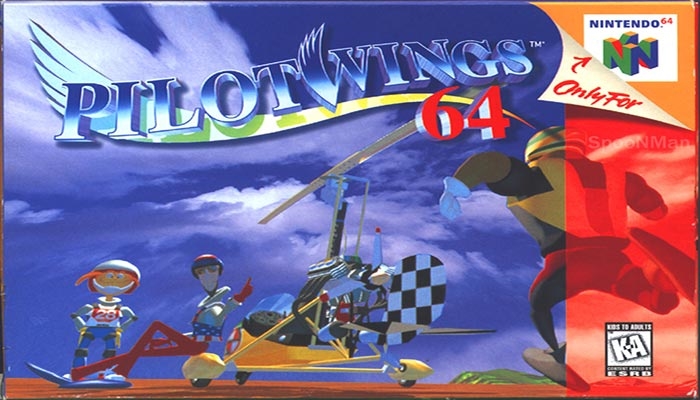

To progress in the game requires earning enough points across whichever set of these four flight forms is grouped together for a certain license level.

The Light Plane is the most expected and typical of the bunch, but the game includes things like skydiving and hang-gliding as well, with the last main style even being the fanciful Rocketbelt that is essentially a jetpack that aims to better emulate its use in fiction rather than the more realistic approaches to flight the other three styles emulate. Rather than simply focusing on one form of aviation though, Pilotwings spreads it wings and provides the player with a few different styles of flight they’ll have to learn the ins and outs of to achieve certification. Named for the pilot wings badge used to indicate an individual has received proper aviation training, it’s quite appropriate this flight sim is depicted as a sequence of tests to earn different licenses and degrees of flight certification. As a showcase of the SNES’s power and its new features, a flight simulator that could take advantage of this free 3D movement really was an excellent choice, providing the kind of display and interactivity older systems could only weakly simulate with different degrees of compromise.

Sprite Scaling was also an impressive new addition, the ability for pixel graphics to shrink or grow to simulate distance a feature that worked well alongside the faux 3D style. The Super Nintendo was introducing new technical capabilities to 16-bit gaming that a flight sim would be perfect for showcasing, things like Mode 7 allowing for the game to simulate a 3D environment while using 2D assets like sprites and flat ground textures. While Pilotwings may seem like a pretty straightforward flight simulator on the surface, the reasons for its existence become much clearer when you look at its time of release.


 0 kommentar(er)
0 kommentar(er)
